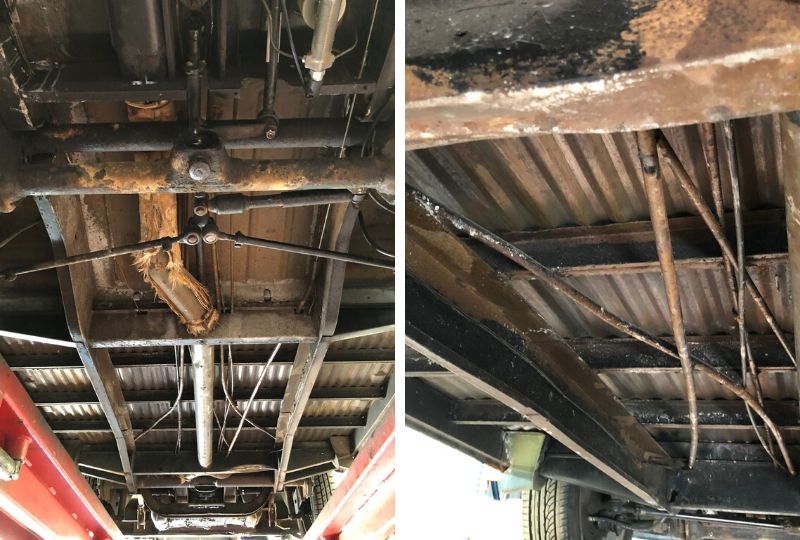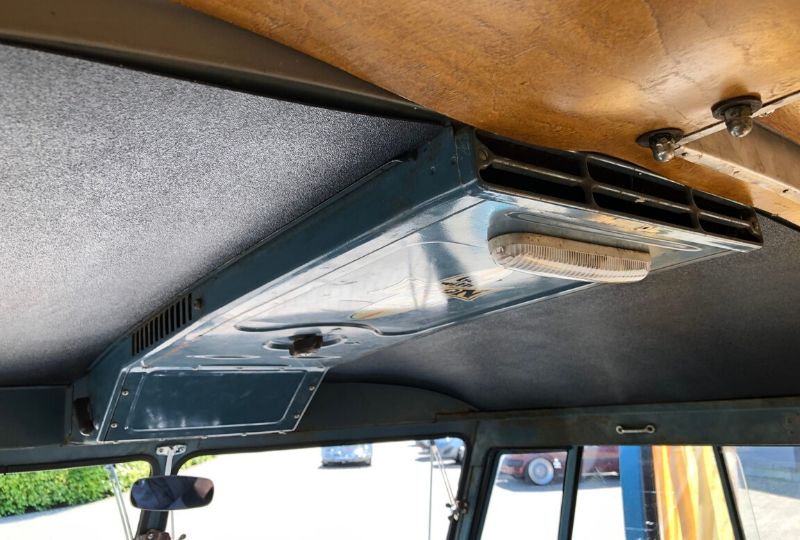Price Match
Now via Live Chat
The heating system designed for the Splitscreen Bus has always been known for its poor performance and simply not adequate in most people’s opinions.
The heating is provided into the cab area of a Splitscreen Bus by a vertical tube behind the front panel and is operated by a handle. This handle allows the heat to enter the cab at your feet or by closing the vent the heat is allowed to flow up to the windscreen.

The flow of the heat is controlled by a plastic knob located under the drivers seat. By turning this knob it opens the heat exchanger flaps located on the engine via a heater cable.
Heating in the rear of the Bus was fitted as standard on all Microbus models and an optional extra on Kombi and Panelvan models. The heater tube was located below the rear bench seat and the heat enters the area via a series of slots.
For those people with money to burn the optional extra of the Eberspächer petrol heater could be installed to heat the rear of any Splitscreen Bus. These heaters ran on petrol from the Buses main fuel system and were for use while the engine was switched off.

In March 1955 (After the Barndoor) the cab roof was installed with a fresh air system. The peak at the front of the Bus above the windscreen was created. This peak fed air from the outside directly into an air distribution box which was mounted to the cab roof.

The fresh air is controlled simply by two knobs. The first knob opens the flap to allow air into the air box. The second knob (located in the centre of the air box) directs the air either to the driver and passenger (sideways) or to the rear passengers